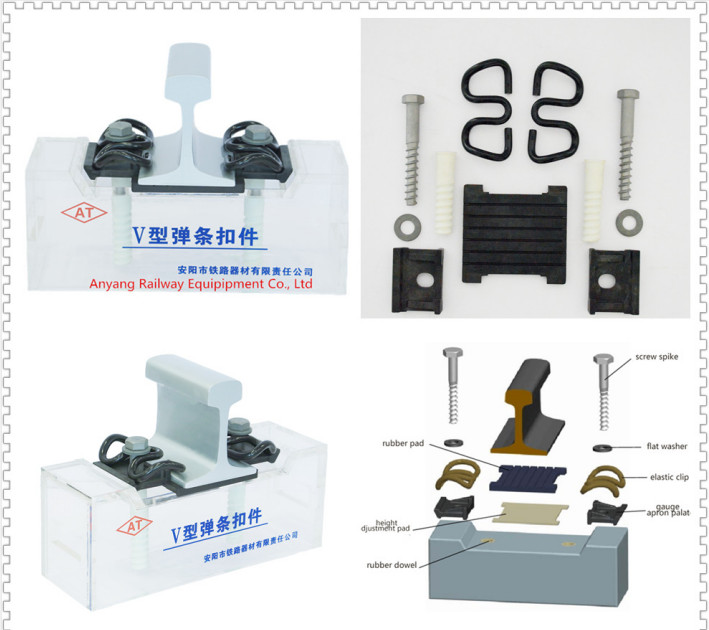High-speed ballastless track is the focus of the development of rail transit in countries all over the world today. High-speed railways have strict design parameters, large curve radii, small slope requirements, and need to be closed for traffic on the entire line, resulting in much more bridge buildings than ordinary railways.
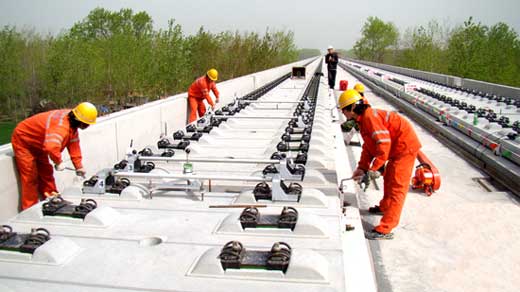
In foreign countries, Japan’s high-speed railway bridges account for an average of 48%, and the high-speed railway bridges under construction in South Korea account for about 30% of the entire line. The total bridge extension of China's Beijing-Shanghai high-speed railway accounted for 86.5%. Too many bridges make it inevitable to lay seamless tracks on the bridges. The longitudinal additional force generated by the interaction between the bridge and the rail becomes an important load for high-speed railway bridges.
If the interaction force between the bridge and the rail is too large, it will cause problems such as line instability and rail breakage, which will endanger driving safety. The force between the beams and rails will also have a key impact on the design of the piers and foundations of the lower structure of the bridge.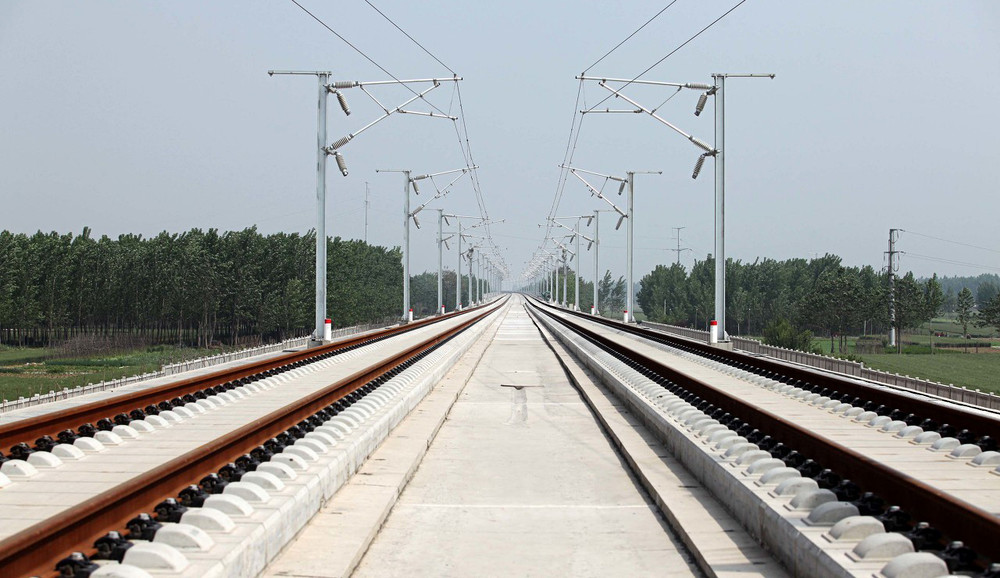
Excessive beam-rail interaction force will cause many problems. Therefore, how to reduce the longitudinal force of the seamless track on the bridge should not only ensure the stability of the track structure and the driving comfort, but also enable the bridge piers to withstand this part of the longitudinal force. Even the braking force and traction force of trains have always been the concern of bridge workers, especially the research personnel of seamless tracks on the bridge, which need to be solved urgently.
High-speed railway bridges account for a large proportion, it is necessary to lay seamless tracks on bridges. However, laying seamless tracks on bridges is different from those usually laid on roadbeds. The bridge span structure shrinks due to temperature, it also suffers the deflection of the train under load, both the braking of the train on the bridge and the breaking of the rail at low temperature will create additional longitudinal force on the beam and rail. The longitudinal resistance of the line is an important parameter to resist the expansion and contraction of the rail and prevent the line from crawling, it is also an important parameter for road calculation for seamless line on the bridge. The longitudinal resistance of the ballastless track line is taken as the resistance of the fastener, the ballasted track generally takes the resistance of the track bed.
However, in order to reduce the huge interaction force between the beam and the rail, the The resistance of the parts is less than the resistance of the track bed, which can effectively reduce the interaction between the beam and the rail. At this time, the longitudinal resistance of the railway is taken as the resistance of the fastener, which can avoid the use of rail expansion adjusters, thereby reducing the longitudinal additional force.
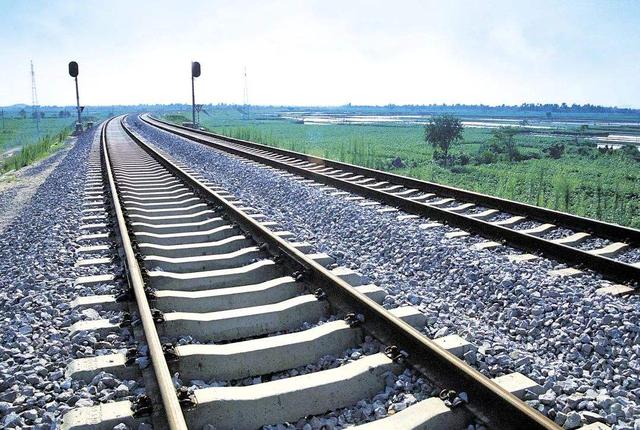
The rail joints in the long steel rails are eliminated in the seamless tracks, and the dynamics of the high-frequency impact load when the train passes are eliminated accordingly, and the line problems are reduced accordingly. Therefore, vigorously developing seamless tracks has become the consensus of railway workers all over the world.
According to US AREA statistics, the life of the seamless track is about 40% longer than that of the ordinary track; the Japanese railway found that the replacement cycle of the rail (50kg/m type) using the seamless track has been extended from the original 400Mt to 500Mt. According to the statistics of the former Soviet Union, the number of rails (P65 type) replaced after the total weight of 500Mt has been reduced by two-thirds. Statistics from China show that the service life of the rails of the seamless track is 1.25 times longer. All countries in the world have laid seamless lines on high-speed and fast passenger lines.
Chinese Railways began to study seamless tracks on bridges in the early 1960s. In the past, the method used to reduce the additional force of beams and rails on ordinary railway bridges was to use fasteners to match tightly, that is, to arrange fastened rail fasteners every several railway sleepers. The railway sleeper adopts fasteners with zero buckle pressure or very small buckle pressure. In this way, there are many types of railway rail fasteners. In operation, the force of track fasteners is often uneven and the low-resistance rail fastener system adopts the same kind of fasteners with lower resistance, which can ensure that the force of each fastener is more uniform, which is very effective. The method of improving the interaction between the beam and the rail on the seamless track on the bridge. China began to use low-resistance rail fasteners in the 1970s. The longitudinal resistance of the rail fasteners is about 6.0~8.0kN/m rail, and the relative resistance of fasteners exceeds 9kN/m rail.
After improvement,
low-resistance rail fasteners are widely used on Chinese railways whether there are
ballast bridges or ballastless bridges. There are more than 500 bridges with a length of more than 200m with seamless tracks. The famous ones are Nanjing, Wuhu, Wuhan, and Jiujiang. , Zhicheng, Xiaonanhai Yangtze River Bridge, etc.
Low-resistance fasteners are often with bolts, mainly by reducing the bolt tightening torque and reducing the friction between the bottom of the rail and the rubber pad under the rail (that is, the use of composite steel rubber pads) to reduce the longitudinal resistance of the fastener effect. Nowadays,
the low-resistance fastener system on bridges widely used in China is mainly WJ-7 type rail fastening systems used on ballastless tracks, while V type rail fastening systems used on ballasted bridges.
(1) WJ-7 type rail fastening systems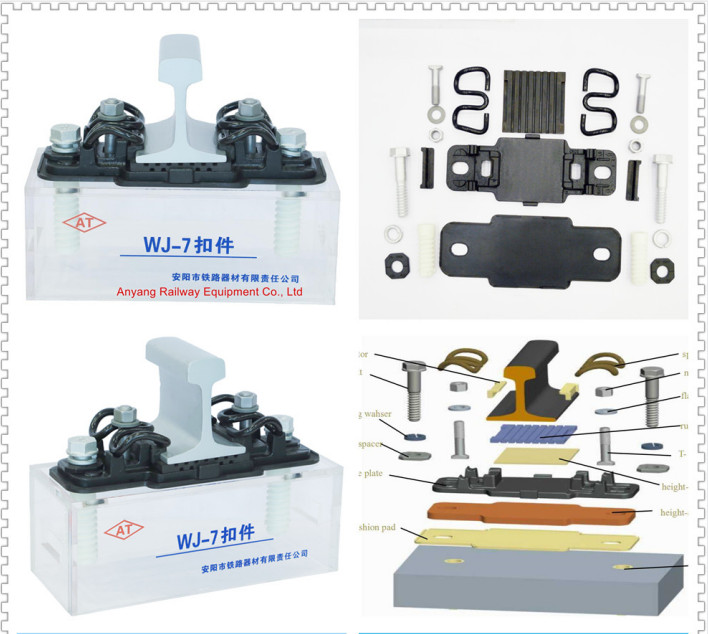 (2) V type rail fastening systems
(2) V type rail fastening systems